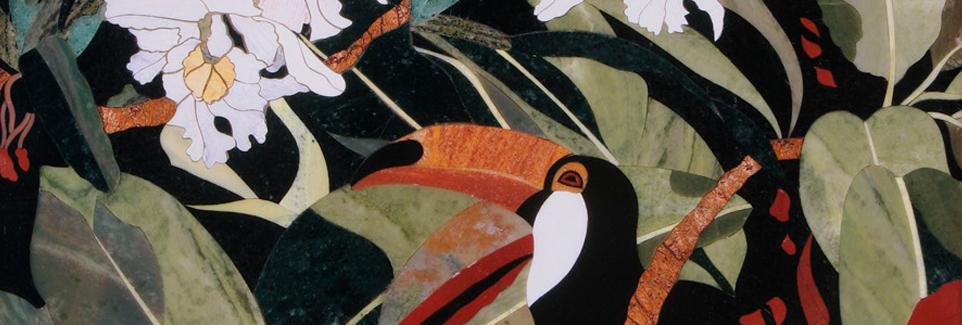











The Mughal emperor Akbar constructed the royal city of Fatehpur Sikri, located 26 miles west of Agra, in the late 1500s.
The most famous example of Mughal architecture is the Taj Mahal, the "teardrop on eternity," completed in 1648 by emperor Shah Jahan in memory of his wife Mumtaz Mahal who died while giving birth to their 14th child. The extensive use of precious and semiprecious stones as inlay and the vast quantity of white marble required nearly bankrupted the empire. The Taj Mahal is completely symmetric other than Shah Jahan's sarcophagus, which is placed off center in the crypt room below the main floor. This symmetry extended to the building of an entire mirror mosque in red sandstone to complement the Mecca-facing mosque place to the west of the main structure. Another structure that showed great depth of Mughal influence was the Shalimar Gardens.
By Appointment
DE FERRANTI
South Park Studios - Suite 10
88 Peterborough Road, London SW6 3HH
United Kingdom